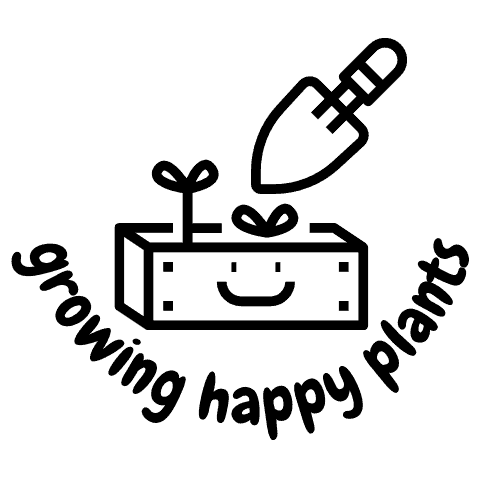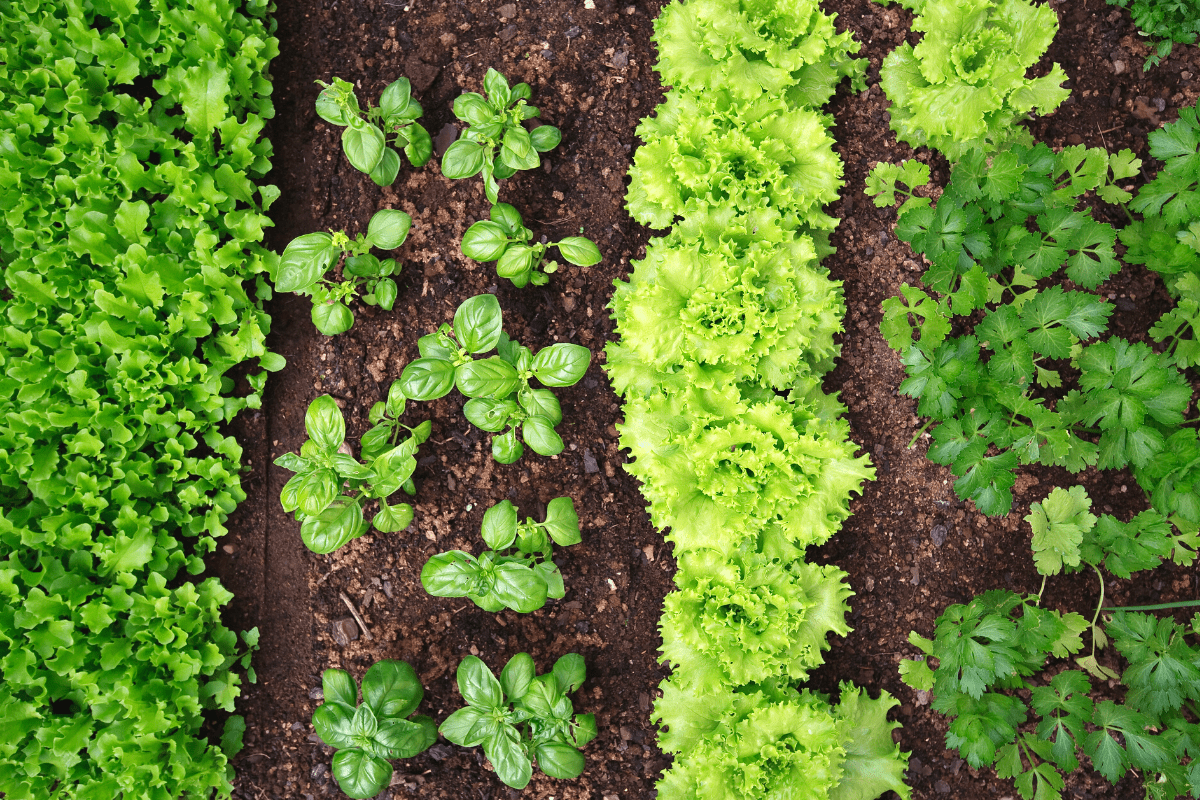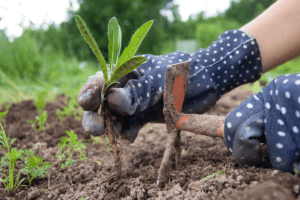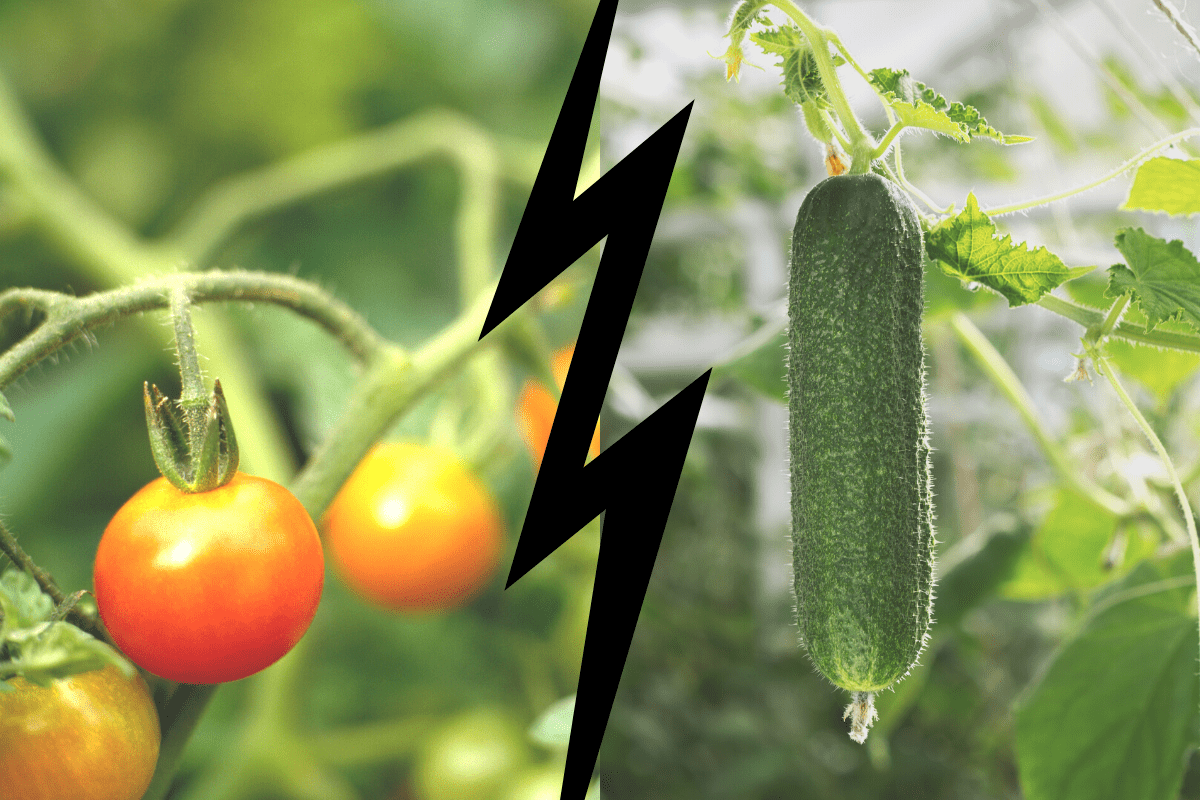Mulching your vegetable garden has many benefits such as weed control, disease prevention, moisture conservation, enrichment of the soil, maintenance of soil temperatures, and it makes your garden look good. Additionally, mulch reduces foliage and disease, which results in a greater harvest.
The best mulch for a vegetable garden is an organic mulch such as compost, bark and wood chips, leaves or pine needles, hay or straw, or grass clippings. However, black plastic and newspaper are two inorganic mulches that can be used as well. The ideal choice depends on the plants and the soil.
For example, wood chips are a great choice if you need a mulch that decomposes quickly and introduces nutrients over time. Or, if you need to make your soil more acidic, pine needles will work best.
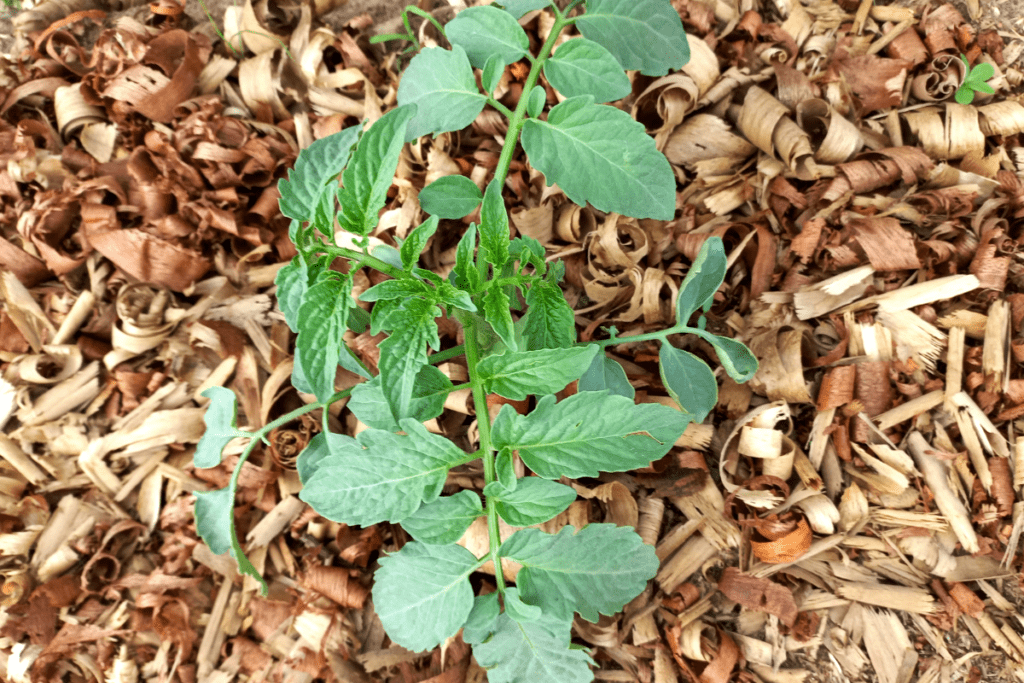
Each mulching material has its own attributes and can serve a different plant or soil situation. Check out the following list to find what you should mulch your vegetable beds with:
| Compost | provides the soil with nitrogen and carbon, and high-quality amendments over more extended periods |
| Bark and wood chips | suppress weeds effectively and help regulate the soil temperature throughout the year to keep up a healthy moisture level |
| Leaves | retain soil moisture, suppress weeds, increase porosity, and add valuable nutrients to the soil, they make an excellent winter cover for the garden beds |
| Pine needles | an excellent option in windy or rainy areas as the needles interlock and create a durable, weather-proof groundcover |
| Straw or hay | excellent insulators, effective against weeds, and break down rather quickly |
| Grass clippings | add nitrogen and other valuable nutrients to the soil, increase porosity, and reduce evaporation |
| Black plastic | conserves moisture, raises soil temperature, and helps to preserve natural and artificial nutrients by keeping the rain out |
| Newspaper | keeps the weeds down, fertilizes the soil, cools and adds organic material to the soil, and saves water |
What kind of mulch should I use in my vegetable garden?
1. Compost
Compost mulch is the best organic mulch for a vegetable garden. Using compost as mulch will provide the plants with rich nutrients over a long time. When rain falls on compost, nitrogen and carbon are worked into the soil and provide high-quality amendments.
Over time, composting materials also revive the soil and vanquish toxins.
2. Bark and wood chips
Mulching your vegetable beds with bark or wood chips helps regulate the soil temperature throughout the year and keeps up a healthy moisture level in the ground. The chips also help suppress weeds, so you save some time on gardening chores there.
Bark and wood chips are ideal mulch materials for perennial vegetables such as asparagus, artichoke, rhubarb, and sweet potatoes. You won’t have to remove and renew the mulch after every harvest with those.
Oh, and by the way, wood chips can make an attractive, long-lasting mulch for garden paths between your vegetable beds. They’ll keep walking trails dry and mud-free.
The downside of wood mulch in a vegetable garden is its high carbon to nitrogen ratio. So, it initially takes up nitrogen from the soil as it decomposes. If you use wood chips on vegetables, you might want to add additional nitrogen fertilizer to compensate for this.
3. Leaves
Mulching your vegetable garden with leaves is a simple and effective way to recycle leaves and improve your landscape. As an organic mulch, leaves decompose over time and release valuable nutrients for use by your vegetables. Leaves make an excellent winter cover for your garden.
Here is a full guide on how to prepare your vegetable garden beds for winter.
Ideally, you use a lawnmower with a bagging attachment to collect the leaves. This method provides a fast and easy way to shred them one time. Leaves that have been mowed or run through a shredder will decompose quickly and are more likely to stay in place.
You can also work leaf litter into vegetable beds to increase porosity and add valuable nutrients.
4. Pine needles
Pine needles work great for mulching a vegetable garden. Besides keeping weeds at bay, they help water flow seamlessly into the soil, and they break down slowly, adding nutrients back into the ground.
They are a perfect option in windy or rainy areas. Traditional mulch can get washed and blown away, but pine needles interlock as they settle in, creating a durable, weather-proof groundcover.
In some cases, pine needles acidify the soil as they break down, so acid-loving vegetables like sweet corn, cucumbers, beans, broccoli, turnips, squash, and onions will appreciate a coat of pine needles.

5. Straw or hay
Straw or hay are two of the best mulch materials you can use for raised vegetable garden beds. Straw, for example, makes great mulch for tomatoes. It is clean, light, and breaks down relatively quickly, giving your plants precious nutrients to grow healthy and strong.
However, straw composts pretty quickly in most gardens. After about six weeks, you might need to add another layer of 2-3 inches to help keep the weeds down and moisture in the soil during the hot part of summer.
Keep the straw away from the leaves and stems of the plants, as it may spread the fungus to your garden crops.
Like straw, hay is an excellent insulator, effective against weeds, and breaks down quickly. As opposed to straw, hay is a grass that has been cut while it is still green and full of nutrients. Therefore, it enriches the soil with precious nitrogen.
High-quality hay will have few to no seeds, but unfortunately, some are inevitable.
6. Grass clippings
Another homemade mulch for your vegetable garden is grass. Simply mow your lawn and use the grass clippings to add nitrogen to the soil in your vegetable garden. That is one of the best ways to use the refuse, and the clippings break down quickly.
Grass clippings as mulch around your veggies also increase porosity and reduce evaporation.
You can use fresh or dried grass clippings. When using fresh clippings, lay a layer of only ¼ inch thick. That will allow the grass to start to break down before it begins to smell or rot. Thicker layers tend to remain too wet and can encourage mold.
7. Black plastic
As an inorganic mulch for your vegetable garden, you can use black plastic. It conserves soil moisture by preventing it from evaporating up to 70%.
Black plastic on bare soil also raises the soil temperature 3-5°F to a depth of 2-6 inches. On the one hand, the growing area warms up earlier in spring, and the plants can be transplanted earlier. On the other hand, plant roots grow better in warm soil, and the plants grow larger.
By preventing rain from touching the soil, black plastic also helps to preserve natural and artificial nutrients in the ground. And it provides a barrier, so the soil contamination of the plants is reduced, resulting in cleaner vegetables.
8. Newspaper
Shredded newspapers or whole sheets can be used as mulch in a vegetable garden because newspapers use organic inks. Newspaper mulch will keep the weeds down, fertilize the soil, cool the roots of the plants in the summer heat, add organic material to the soil, and save water.
When using newspaper sheets, place a layer of 2 to 4 sheets between plant rows in the garden. Then water them, so they stick together and stick to the ground. Or, add a nice, thick layer of another mulching material over the papers so the next windstorm won’t pull all the pages up.
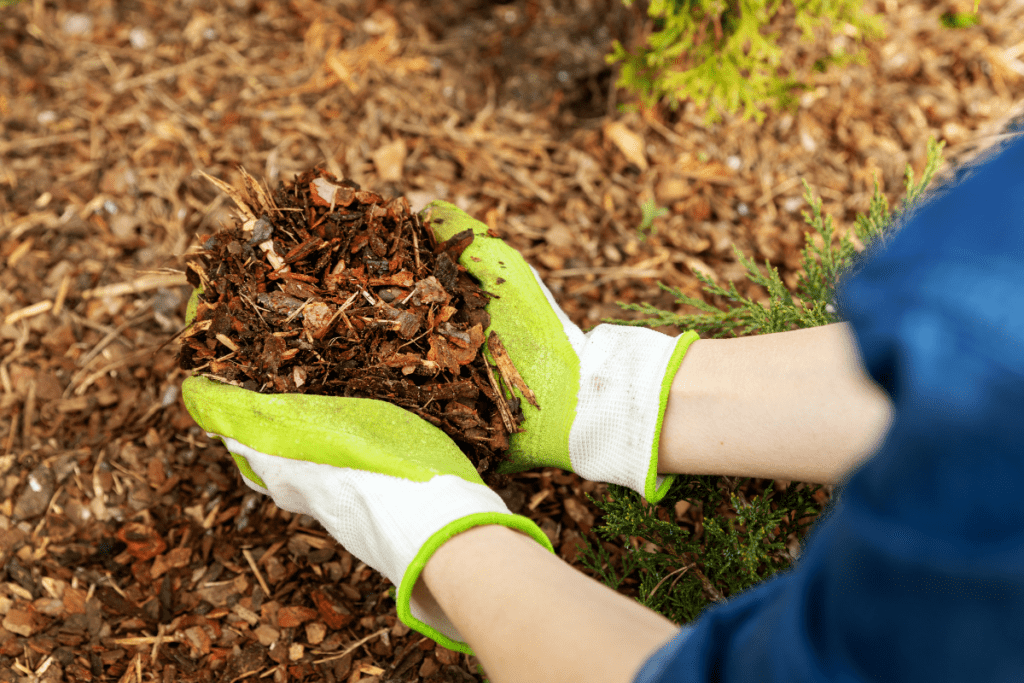
Conclusion
The best organic mulch for a vegetable garden is compost, providing the plants and soil with rich nutrients all year round. However, there are quite a few other mulching materials to choose from. The ideal choice depends on the kind of vegetables, the soil type, and personal preference.
Would you like more helpful information for your gardening journey? Here is a complete guide to grow vegetables from scratch in your backyard.
